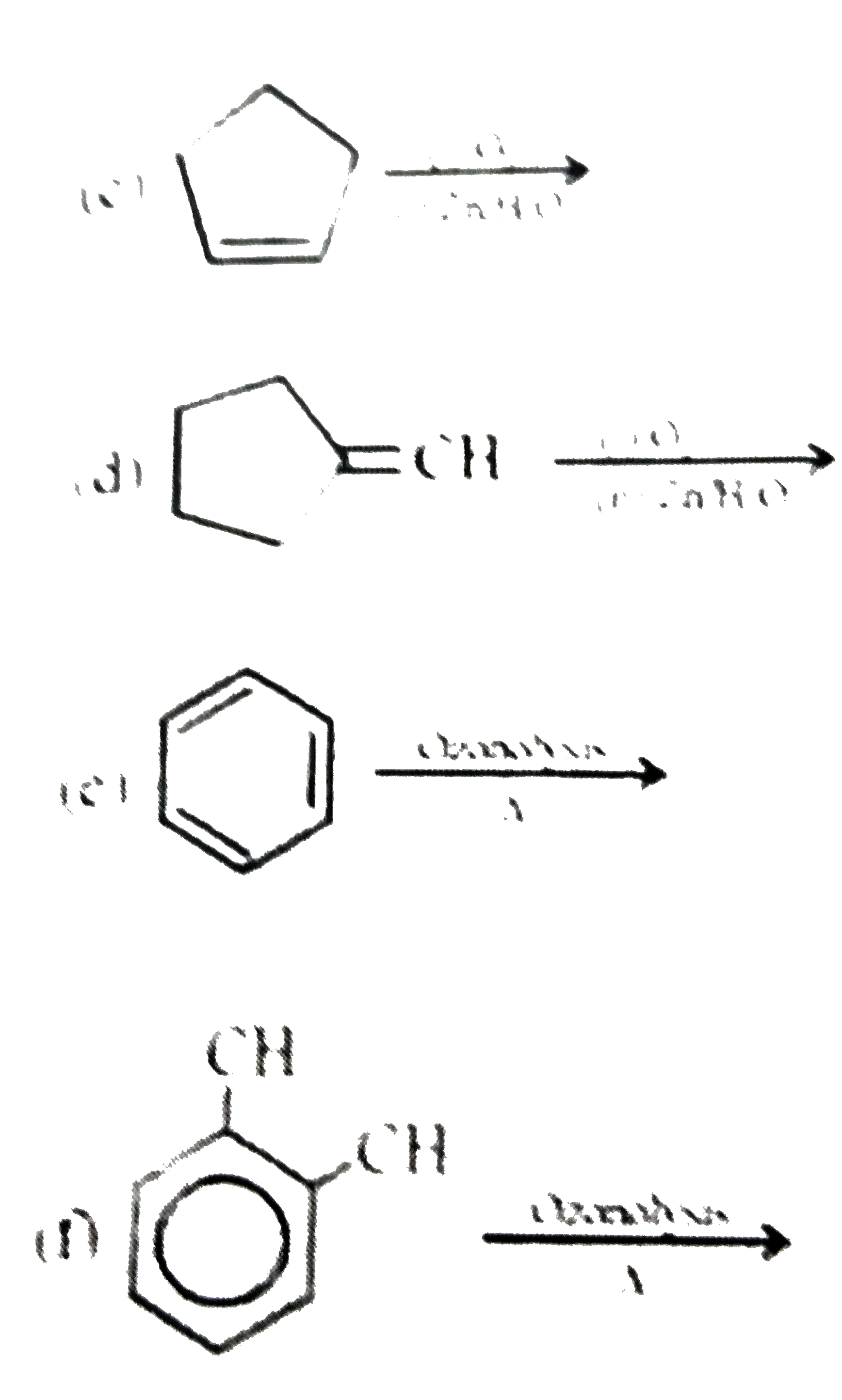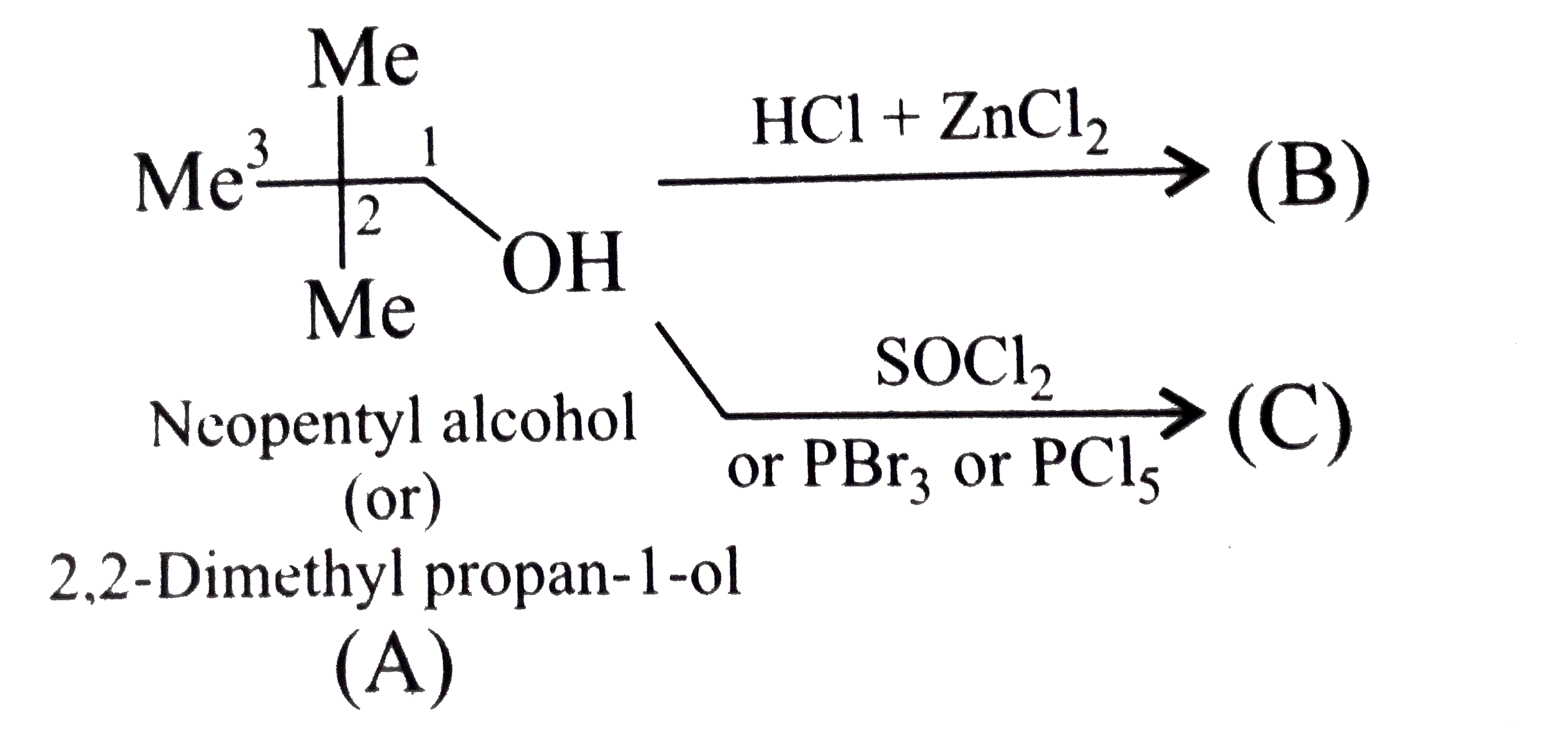Give a brief account of the following reactions:
Esterification reaction.
Step-by-Step Solution:
1. Definition of Esterification Reaction:
- Esterification is a chemical reaction that involves the formation of an ester from an acid and an alcohol. It is a type of condensation reaction.
2. Reactants Involved:
- The reactants in this reaction are:
- A carboxylic acid (which contains the carboxyl group, -COOH)
- An alcohol (which contains the hydroxyl group, -OH)
3. Catalyst Requirement:
- The reaction typically requires a catalyst to proceed efficiently. Common catalysts used in esterification include sulfuric acid (H₂SO₄) or other strong acids.
4. Reaction Mechanism:
- During the reaction, the hydroxyl group (-OH) from the alcohol and a hydrogen atom (H) from the carboxylic acid combine to form water (H₂O).
- The remaining parts of the acid and alcohol then combine to form an ester.
5. General Reaction Equation:
- The general equation for the esterification reaction can be represented as:
Carboxylic Acid+AlcoholCatalyst−−−−−→Ester+Water
6. Example of Esterification:
- For example, if acetic acid (a carboxylic acid) reacts with ethanol (an alcohol), the reaction can be written as:
CH3COOH+C2H5OHH2SO4−−−−→CH3COOC2H5+H2O
- Here, ethyl acetate (an ester) and water are formed.
- Esterification is a chemical reaction that involves the formation of an ester from an acid and an alcohol. It is a type of condensation reaction.
- The reactants in this reaction are:
- A carboxylic acid (which contains the carboxyl group, -COOH)
- An alcohol (which contains the hydroxyl group, -OH)
- The reaction typically requires a catalyst to proceed efficiently. Common catalysts used in esterification include sulfuric acid (H₂SO₄) or other strong acids.
- During the reaction, the hydroxyl group (-OH) from the alcohol and a hydrogen atom (H) from the carboxylic acid combine to form water (H₂O).
- The remaining parts of the acid and alcohol then combine to form an ester.
- The general equation for the esterification reaction can be represented as:
Carboxylic Acid+AlcoholCatalyst−−−−−→Ester+Water
- For example, if acetic acid (a carboxylic acid) reacts with ethanol (an alcohol), the reaction can be written as:
CH3COOH+C2H5OHH2SO4−−−−→CH3COOC2H5+H2O
- Here, ethyl acetate (an ester) and water are formed.
Topper's Solved these Questions
- ALDEHYDES, KETONES AND CARBOXYLIC ACIDSBOOK - ICSECHAPTER - ALDEHYDES, KETONES AND CARBOXYLIC ACIDSEXERCISE - ISC EXAMINATION QUESTIONS (PART-II DESCRIPTIVE QUESTIONS) (CARBOXYLIC ACIDS)
99 Videos
- ALCOHOLS, PHENOLS AND ETHERS BOOK - ICSECHAPTER - ALCOHOLS, PHENOLS AND ETHERS EXERCISE - ISC EXAMINATION QUESTIONS
25 Videos
- APPENDIX II ( TYPICAL CONVERSIONS)BOOK - ICSECHAPTER - APPENDIX II ( TYPICAL CONVERSIONS)EXERCISE - AROMATIC CONVERSIONS
98 Videos
Similar Questions
Give a brief account of the following reactions:
Hunsdiecker's reaction
View SolutionGive one example of each of the following reactions:
Esterification reaction
View SolutionGive product of the following reactions.

View SolutionGive product of the following reactions :-

View SolutionGive a brief account of the following reaction:
Cross-Aldol condensation
View SolutionGive the product of the following reactions:
a.
View SolutionGive the products of the following reactions.

View SolutionGive the product of the following reactions:

View SolutionGive a brief account of the following with one example of Wurtz reaction.
View SolutionWrite chemical equations to illustrate the following name reactions :
Esterification reaction
View Solution
